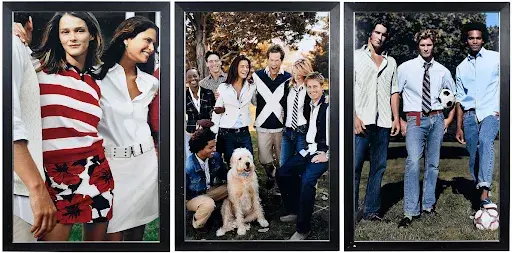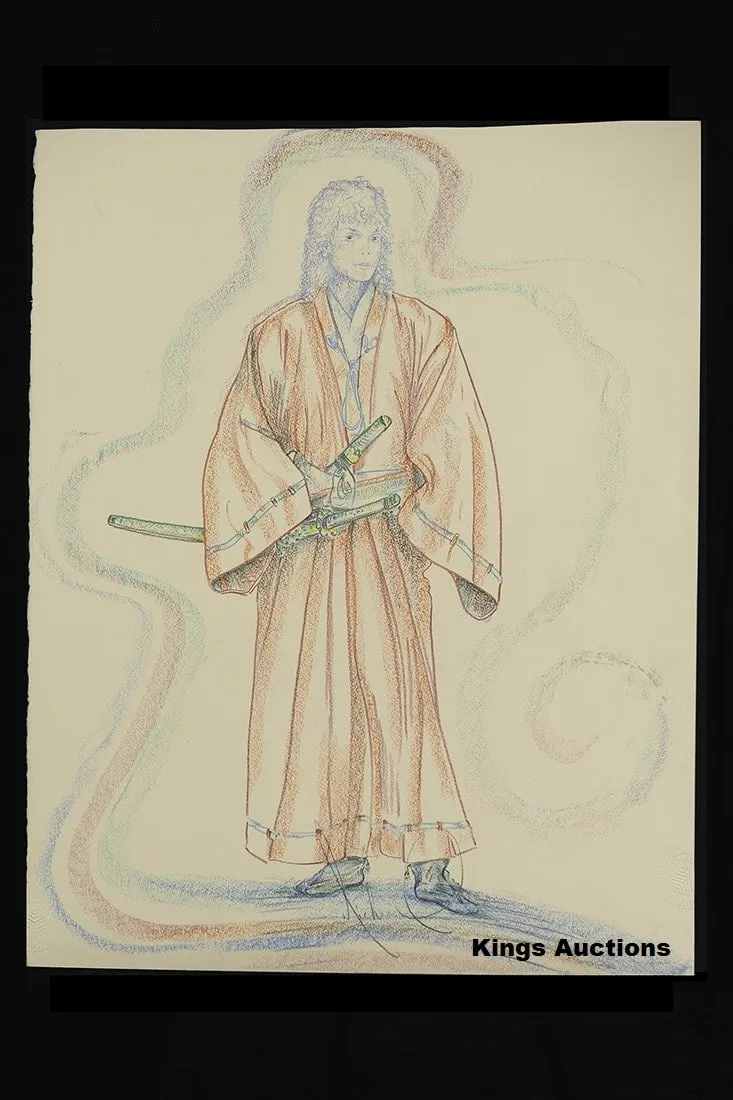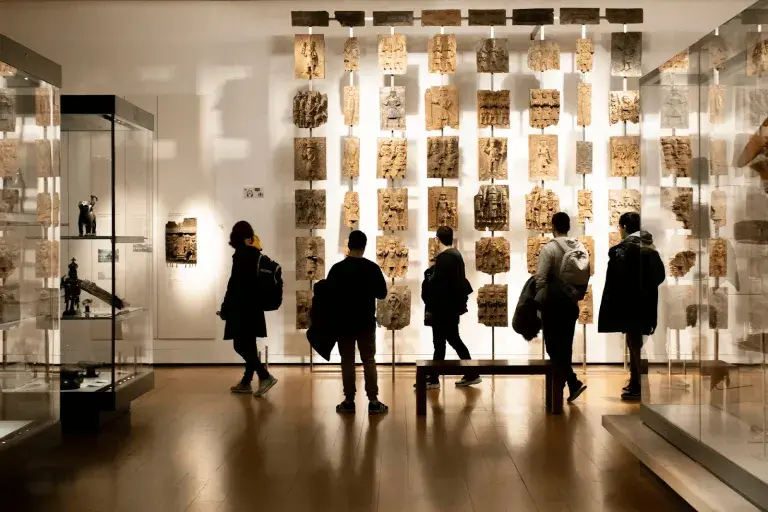Letter left in drawer reveals Japanese cabinet was Queen Mary’s charity donation

FERNHURST.- A letter found in the drawer of a Japanese decorated cabinet consigned for auction has revealed that it was once donated to a charity auction by Queen Mary.
Auctioneer John Nicholson, of Fernhurst, near Haslemere in Surrey, was preparing the box for inclusion in his monthly Islamic and Oriental sale when he found the letter, envelope and card from the Queen ticked away in one of its drawers.
Addressed to a Mrs Gatley of Neaseby Road, Heathmay Park in Dagenham and written on the queen’s behalf by a lady-in-waiting, the letter said: “The Lady-in-Waiting is commanded by The Queen to acknowledge the receipt of Mrs Gatley’s letter of Feb 6 and in reply to say that her Majesty will have great pleasure in sending a gift of a Japanese cabinet (value £5) in aid of St Mary’s Stratford. The Queen parcel will be sent to Mrs Gatley in due course.”
Dated Feb 7, 1931, the letter is accompanied by the envelope in which it was sent and an embossed card, headed Buckingham Palace and inscribed: “From The Queen In aid of Queen Mary’s Hospital for the East End, Stratford.”
The hospital, which had been formed as the West Ham, Stratford and South Essex Dispensary in 1861, had changed its name to Queen Mary’s Hospital during the First World War after The Queen became its patron and it was issued with a Royal Charter.
“Intriguigingly, it would appear that the palace managed to get most of the address wrong, so it was lucky that both the letter and the eventually cabinet arrived at the correct destination,” said Mr Nicholson.
“Dagenham has a Naseby Road, but no Neaseby Road; nor does it have a Heathmay Park, but it does have a Heathway Park. If you consider that there is also no house name or number on it, the Post Office must have put in a double shift ensuring it got to the right place.
“Of course, it’s possible that it would not have occurred to a lady-in-waiting that a house number or name was necessary. Members of the aristocracy at the time would simply expected to have been known to everyone in the place where they lived without reference to such details.”
Despite the errors, the letter shows how promptly Queen Mary responded to correspondents, ordering her Lady-in-Waiting to reply on what must have been the day she received the request from Mrs Gatley.
The box and correspondence will be offered together with an estimate of £500-600 in John Nicholson’s Islamic & Oriental auction on September 2.









